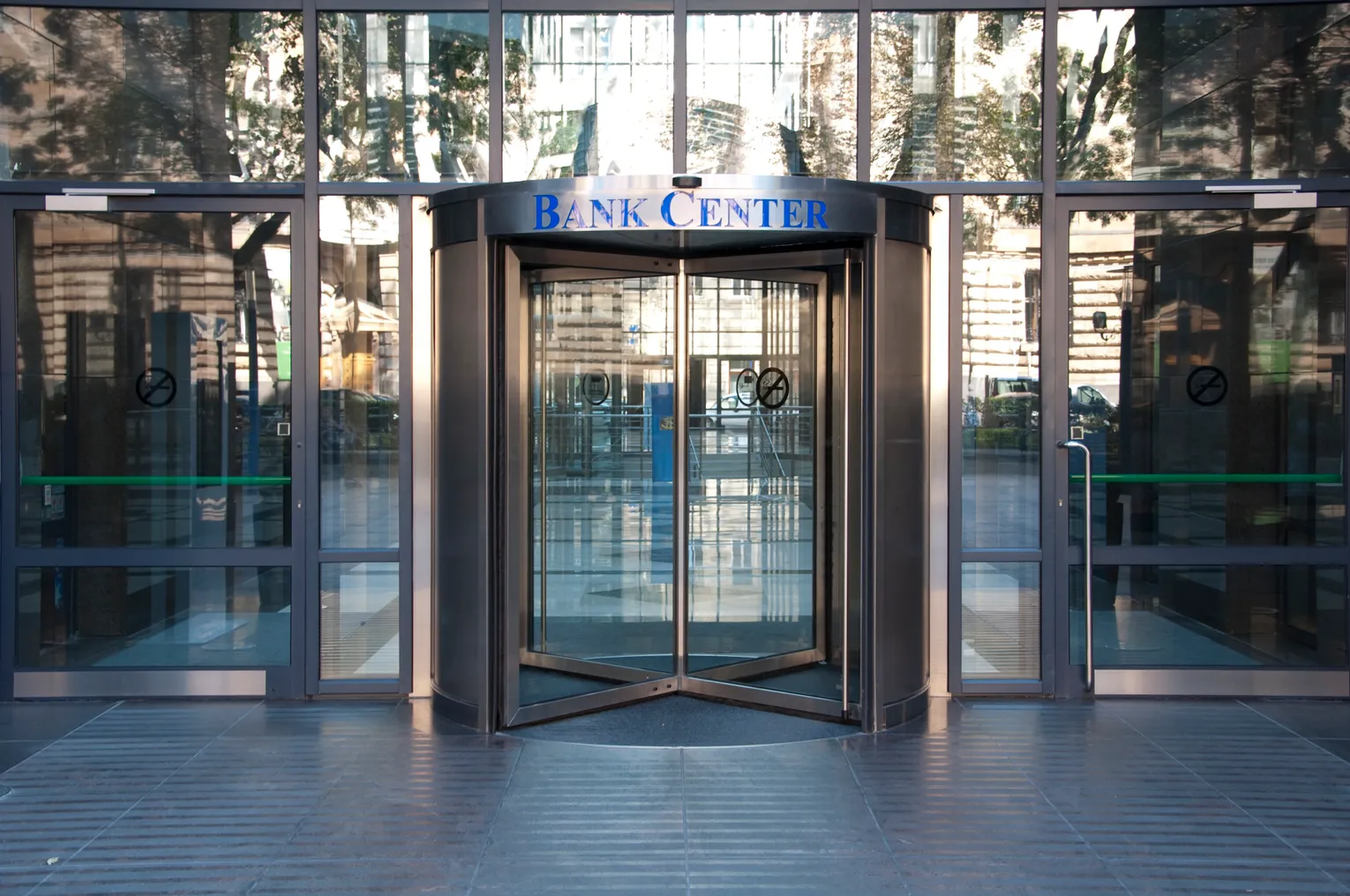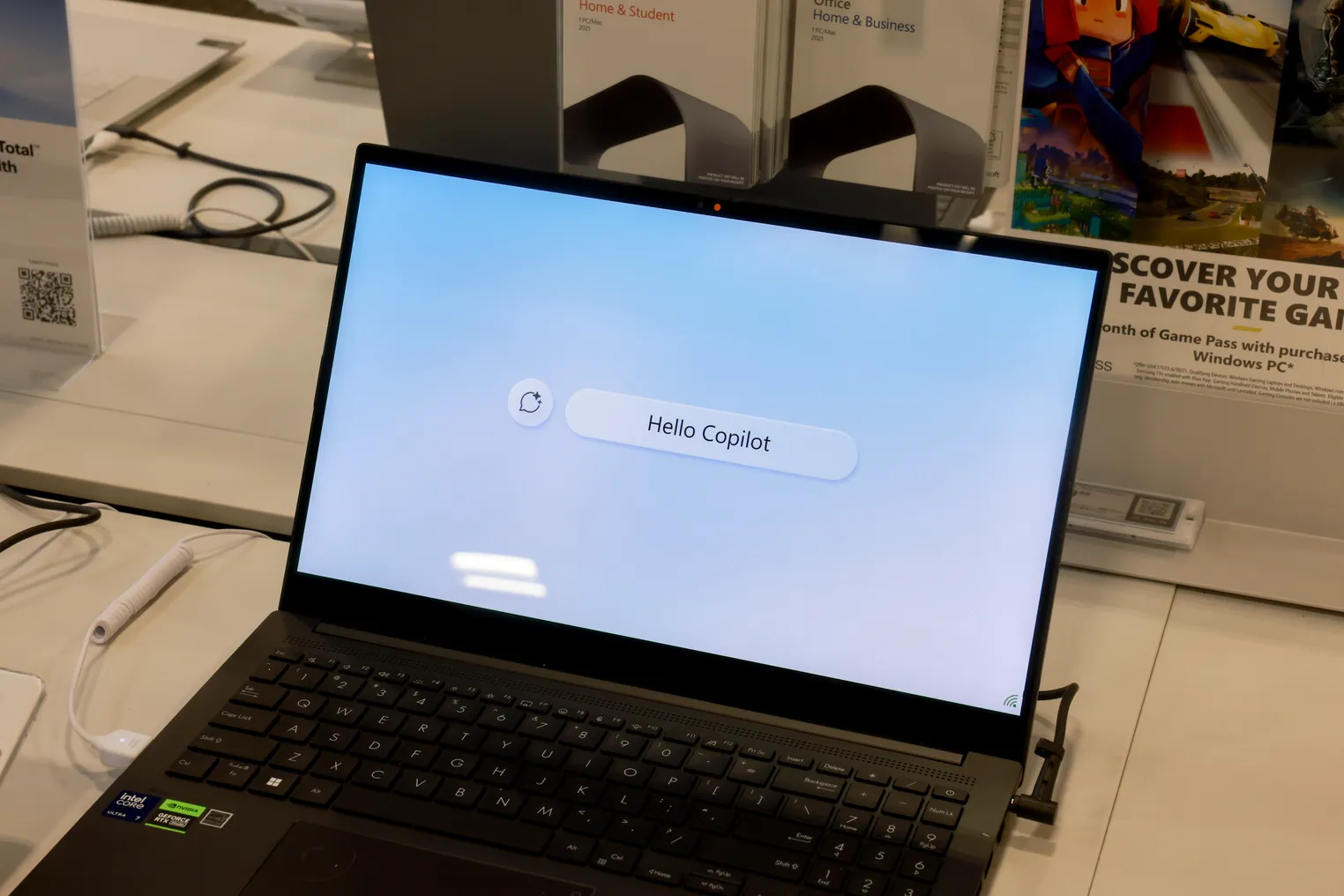
How automation and culture help curb cloud overspend
A yearslong push to move enterprise IT from on-premises computing to public cloud has delivered more agility and better performance. But for most businesses, modernization also ushered in towering cloud costs.
The IT spending category soared as technology teams migrated workloads to hyperscale providers and leveraged novel services.
The struggle to keep costs at bay is pervasive among CIOs. Nearly 3 in 4 companies ran past their estimated cloud budgets last year, according to Forrester estimates. Though providers have built tools and processes to curb overspending, broader cloud use rationalization remains elusive.
"At a basic level, it is getting easier, but the demands of what we want, what end users want is becoming harder and harder to fulfill," said Tracy Woo, principal analyst at Forrester, during a CIO Dive virtual event in August.
One major hurdle is a historic lack of visibility into cloud computing costs. Providers and industry groups have targeted efforts toward standardizing cloud bills across different services. The most salient initiative is the FinOps Foundation's FinOps Open Cost and Usage Specification, known as FOCUS, unveiled in November 2023.
Leading hyperscalers have also pressed forward with onboard cost control measures, including new platform features and more efficient chipsets. But CIOs can also bring cloud costs down by relying on automation and paying attention to people processes surrounding compute.
"Visibility is super important. But I think what is equally important is a culture of accountability," said Jenny Lin, global chief architect at Broadridge Financial Solutions, speaking on the same panel.
Automation and culture
Cloud cost is a complex problem. It requires a mix of human and technological solutions.
Lin detailed how Broadridge responded to a common cloud pain point. One of the company's project had overshot its budget — by about $16 million.
"We set a goal that we were going to remove $16 million of cost in four weeks," Lin said. "And no one thought it was possible." Through daily meetings between its infrastructure, application development, product and business teams, the company worked together to rightsize and shut down workloads until it hit the target, Lin said.
The cultural aspect of cloud cost management is a challenge for most businesses, Woo said. It also tends to be the most difficult for tech leaders.
"As an IT person that is brought up through the organization, you went to school, you learned IT and cloud stuff," said Woo. "You didn't learn how to be a therapist. You didn't learn how to be a mediator."
With more workloads landing on cloud, cost control is the top concern for executives, according to Flexera's 13th annual State of the Cloud Report, published in March. Cybersecurity is a close second in the list of enterprise concerns, but cost has topped the list two years in a row.
Once a culture of accountability has been ingrained into the organization, automation can help businesses keep spending on track, Lin said. Broadridge automated alerts so that the IT team could see if cloud allocation was surpassing specific levels.
In addition to cloud cost control, another pending task for organizations is to convey the value of the technology.
Tech leaders must keep "articulating the value of the cloud to the senior leadership so they continue to understand that it's not about being cheaper: It's opening up things for us that, even if they cost the same, that it's worth doing," Lin said. "We need to keep reminding people, because it's almost like we keep forgetting."









